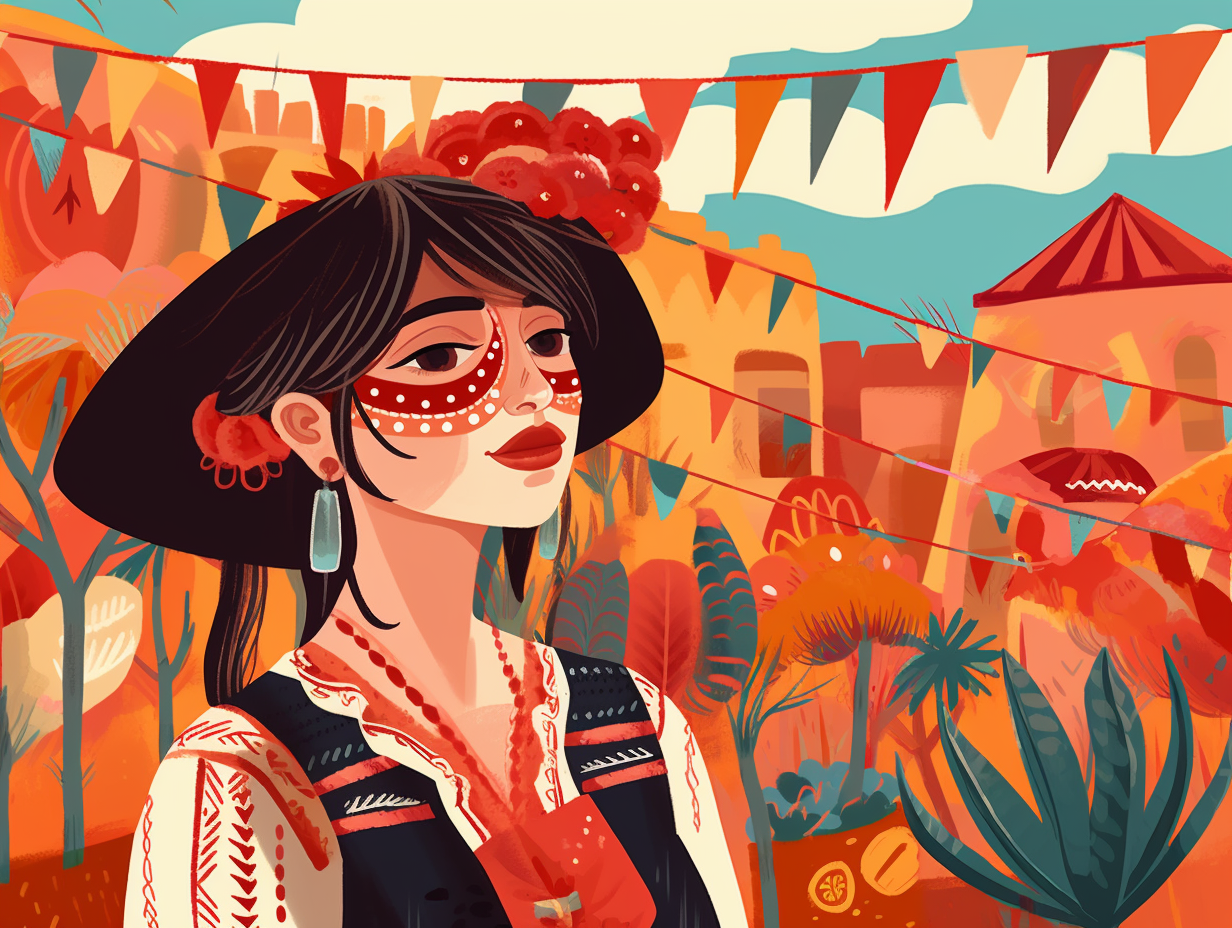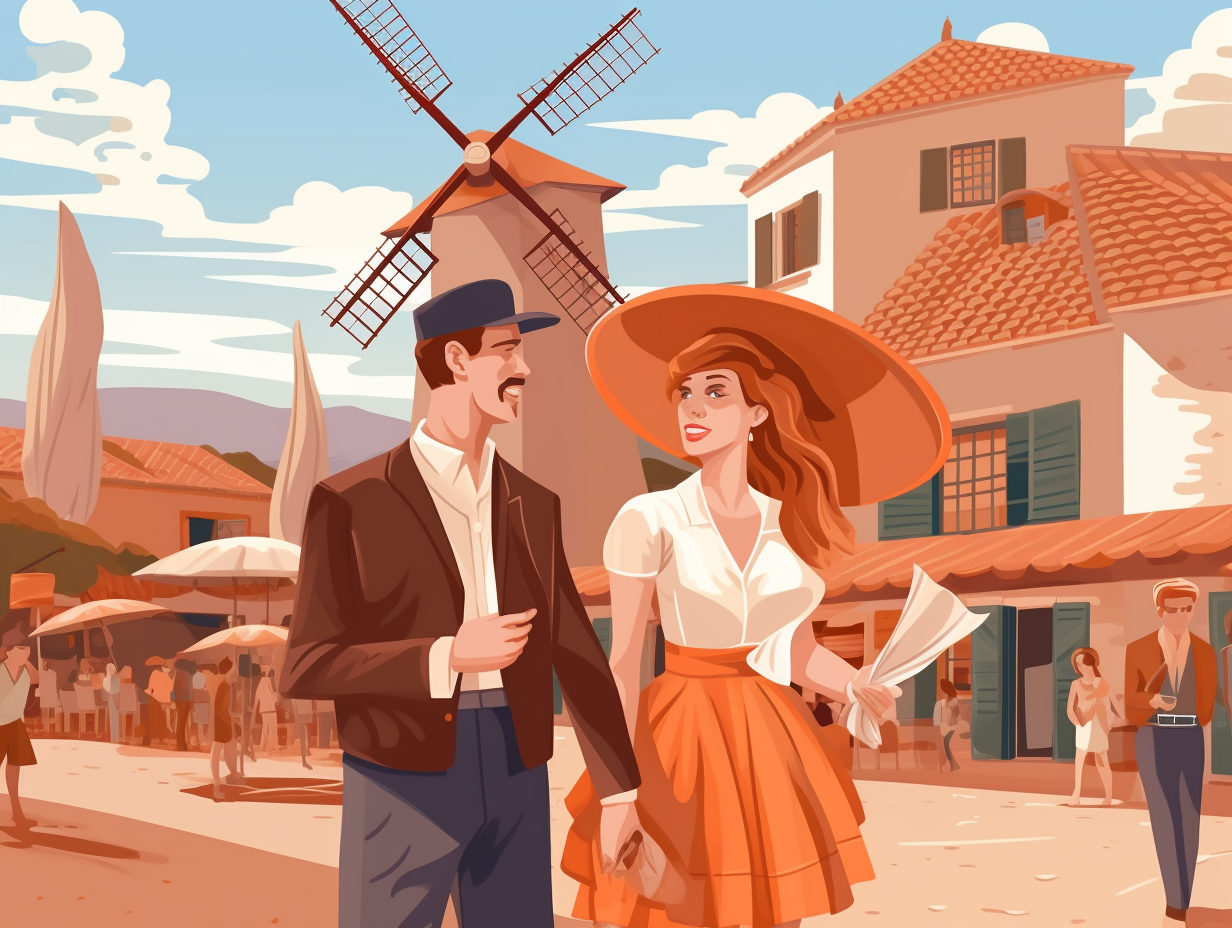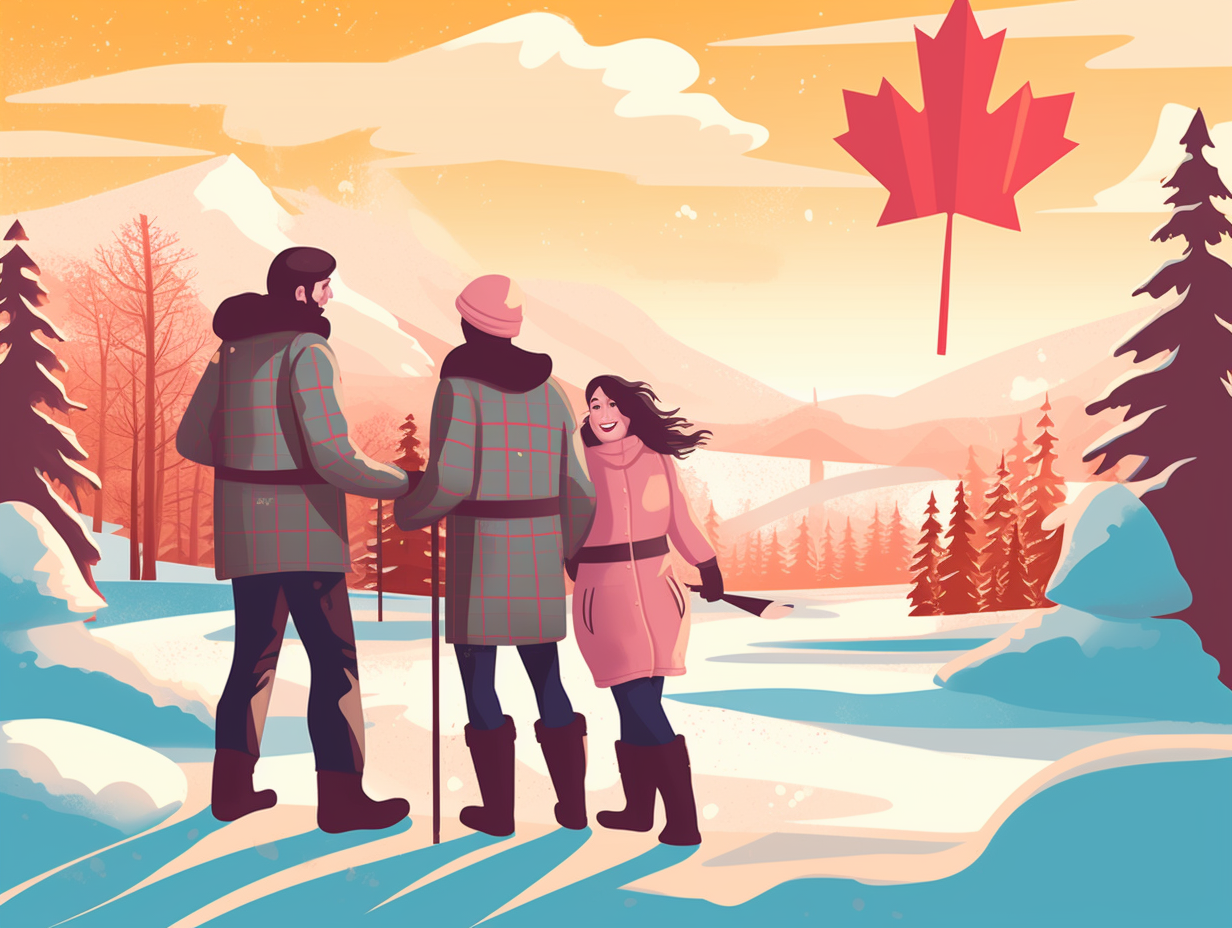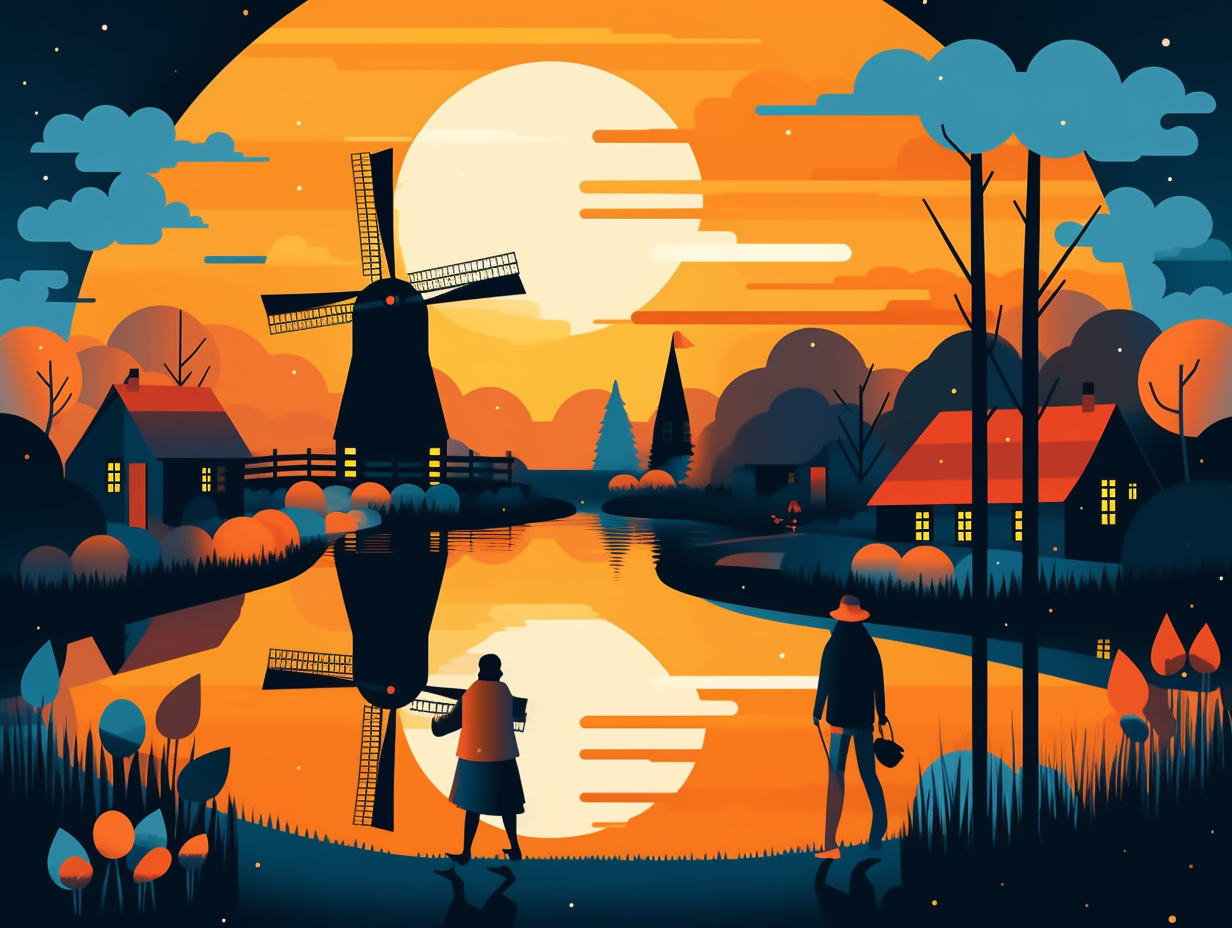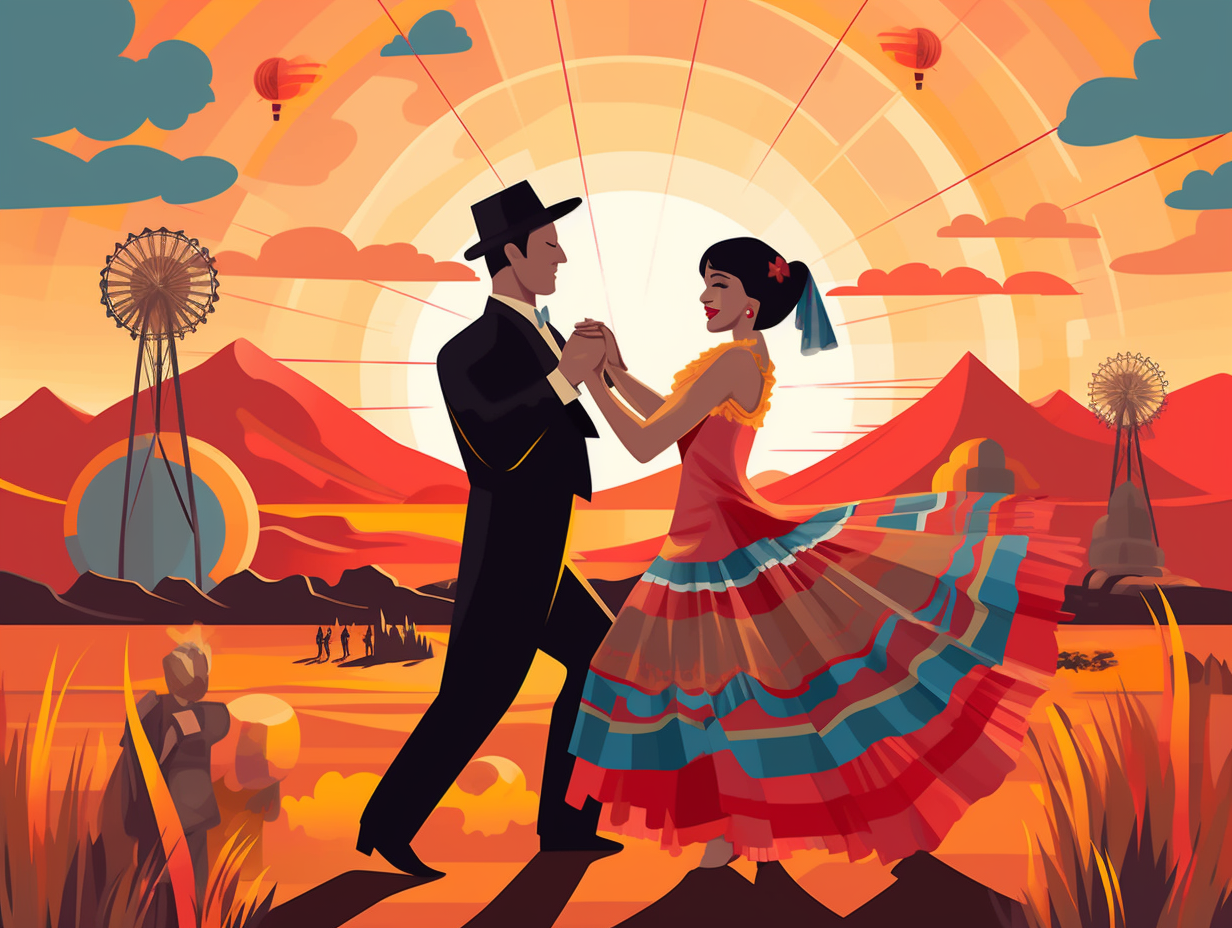Discover Turkey: 19 Fascinating Facts to Spark Your Wanderlust and Impress Your Friends!

1. Turkeys: High-speed Flyers and Swimmers
Birds of a feather may flock together, but this party fowl can't resist shaking its tail feathers and making a splash both in the sky and underwater: Turkeys are equally adept at flying with speeds of up to 55 mph and swimming, albeit in a less graceful fashion, showcasing their surprising versatility in transportation modes.
Source => womensrunning.com
2. Wild Turkeys: Airborne Speed Demons
Gobble-gone in 60 seconds: It turns out wild turkeys aren't just Earthbound foodies; these feathery speed demons can actually wreak havoc midair, propelling themselves up to 55 mph for short distances of around 400 meters – but don't worry, they won't be winning any long-distance races anytime soon.
Source => birdfact.com

Did you know Peru is home to stylish Andean bears, known for their trendy eyewear-like markings and impressive tree-house-building skills? Discover more about these fuzzy lumberjacks and their fabulous neighbors now! 🐻🌳🕶️
=> Fun Facts about Peru
3. Hen Party: Female Turkeys' Vocal Range
It's a hen party with more than just clucks and cackles: female turkeys, or hens, can also produce a range of sounds like cackles, clucks, and purrs, though they rarely join the gobbling chorus of the males.
Source => norfolkdailynews.com
4. Turkey Chatter: 30 Unique Calls
When turkey chatter turns gobbledegook, it's not because they've been hitting the stuffing sauce – they're just well-versed in feathered linguistics: Wild turkeys can produce up to 30 unique calls, including variations of yelps, clucks, purrs, and even a flirty gobble to impress potential mates, allowing hunters to lure them using a plethora of vocal tactics.
Source => mossyoak.com
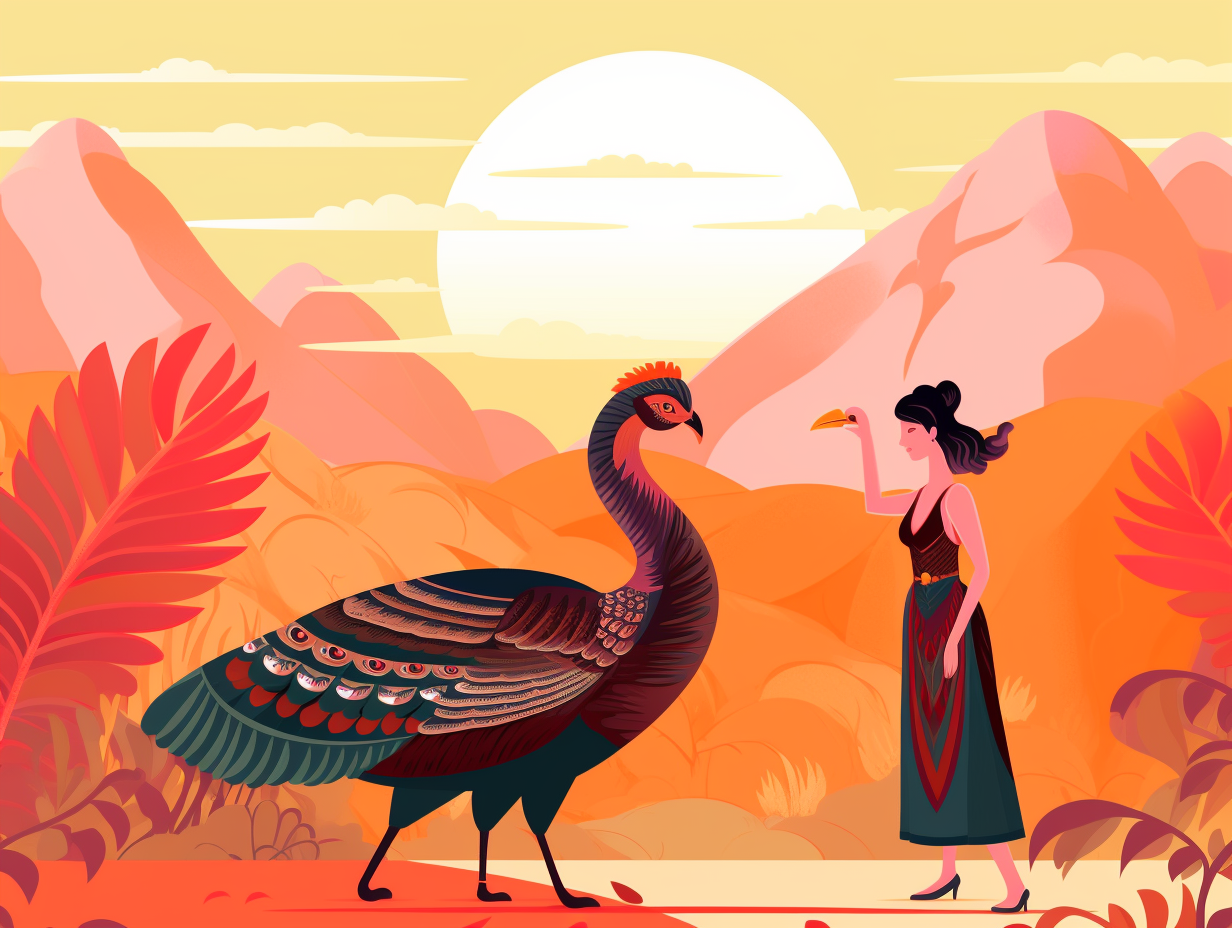
5. Turkey Idol: Over 20 Vocalizations
Give a turkey a mic and they'll squawk the night away like a feathery American Idol: Turkeys are highly intelligent birds, boasting over 20 unique vocalizations, with the ability to recognize each other's voices and form strong social bonds with their flock mates.
Source => animaloutlook.org
6. Color-Changing Turkey Skin Inspires Tech
Gobble up this peculiar tidbit: inspired by the skin of turkeys that can rapidly change color due to collagen bundles reacting to volatile compounds, researchers at UC Berkeley have created a sensing material with filamentous bacterial viruses for detecting chemicals, airborne pathogens, and explosive vapors like TNT. Soon, your next breathalyzer could be as turkey-inspired as your Thanksgiving dinner, and more convenient and cost-effective diagnostic tools could be paving their way into the realm of disease detection, all thanks to our feathery friends and their color-changing party tricks.
Source => calacademy.org
7. Tree-sleeping, Toe-gripping Turkeys
Whoever said "Don't count your chickens before they hatch" clearly never had a slumber party with turkeys: These resourceful birds boast an impressive, toe-gripping talent for sleeping in trees, squatting low to ensure they don't fall victim to gravity or uninvited gusts.
Source => a-z-animals.com
8. Snood Spotlight: Turkey Dating Indicator
When it comes to dating in the turkey world, the snood is like a mood ring for love – broadcasting passion or panic by simply stretching, swelling or shriveling: A longer, more vibrant snood indicates a male turkey is healthy and ready to mate, while a retracted or pale one can show fear or stress; though, ladies don't queue up for Mr. Snoodzilla solely based on his flashy dangly bit.
Source => thespruce.com
9. Turkey Dusting Disco Party
Whoever said "spring cleaning" never applied to birds has never met the turkey: These fabulous fowl hold their own dusting disco, flapping and kicking up dirt to keep their feathery attire in top shape and ready for takeoff.
Source => smithsonianmag.com

10. Born Ready: Pint-sized Poultry Popstars
Let's talk turkey: specifically, about how these pint-sized poultry popstars, armed with the all-natural gift of gabble-geddon, are born ready to strut their stuff and rock the woods like a feathery flash mob. Funnily enough: young turkeys, or poults, can walk and leave their nest within a mere 12-24 hours after hatching, fearlessly embarking on snack-hunting expeditions with instinct and fervor.
Source => myodfw.com
11. Wild Turkey Gourmet Menu Restrictions
When a wild turkey dines, you'd think it'd go nuts for Thanksgiving feast leftovers, but some delicacies are a big "gobble no" for our feathered friends: Turkeys enjoy an eclectic menu that includes nuts, fruits, small reptiles, plant parts, insects, snails, and grains, but must avoid dairy, onions, avocados, fruit pits, tomato and eggplant foliage, rhubarb leaves, chocolate, high-sodium foods, citrus, and caffeine products to stay healthy and gobble another day.
Source => thespruce.com
12. Turkeys: T-Rex's Distant Cousins
Move over, T-Rex: There's a new dinosaur in town, and it's gobbling its way into our Thanksgiving feasts! Turns out, our festive feathered friends – that's right, turkeys – are distant cousins of the iconic Tyrannosaurus rex: In fact, turkeys share a common ancestor with the T-Rex from about 190 million years ago and have preserved more Dino DNA in them than any other living bird. So, don't be surprised if your turkey dinner roars back at you this year – after all, it's got ancient predator genes running through its veins!
Source => nbcnews.com
13. Tyson: World's Heaviest Turkey
Gobbling up records like a king-sized Thanksgiving feast: The world's heaviest turkey, named Tyson, tipped the scales at a whopping 86 pounds and was raised in the United Kingdom by Philip Cook of Leacroft Turkeys Limited in Peterborough. Auctioned off for charity in London in 1989, Tyson took the title in stride, though his extra-large size may have made him more susceptible to a poultry ailment or two.
Source => thedailymeal.com
14. Turkeys vs. Hipsters: Battle of the Beards
Bearded beasts beware - it seems turkeys can give hipsters a run for their money, but a troublesome condition could crumble their majestic manes: Wild turkeys may fall victim to beard rot, causing their eye-catching appendages to break off, with additional damage incurred from heavy snow and ice buildup or simply dragging their beards on the ground, resulting in varied lengths and abundance across different terrains and regions.
Source => audubon.org
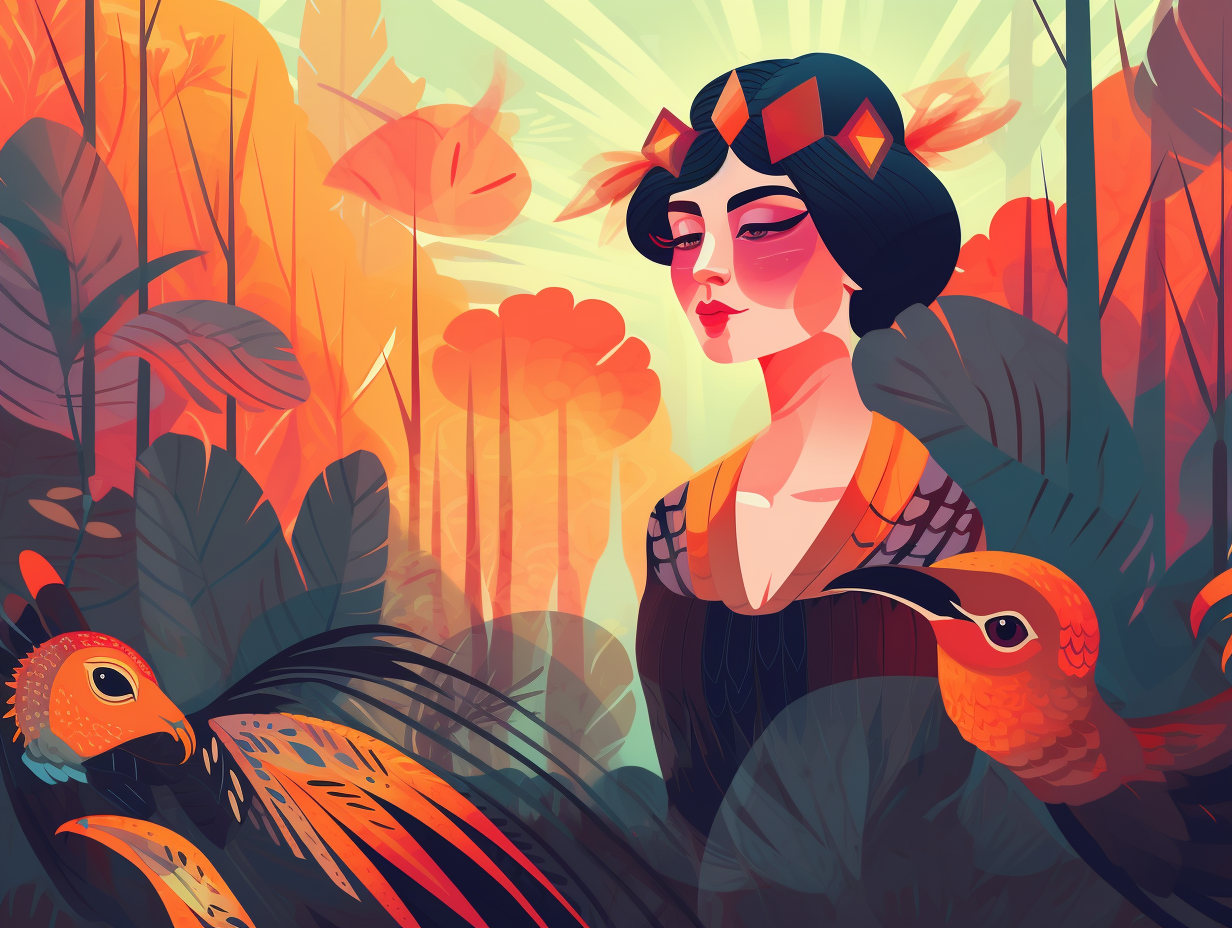
15. Turkey Naming Mishap
Talk about a bird-brained mix-up: The trusty turkey got its name through a hilarious case of mistaken identity! Spanish explorers, apparently having a fowl day, brought the bird back to Europe, assuming it was an African guinea fowl that had arrived via Turkey, thus dubbing it "turkey." Lo and behold, this feathery foreigner soon stole the European barnyard scene and even made cameos in Shakespearean dramas. Ultimately, these European-celebirdies flapped their way back to North America to supply colonists with a proper gobbler feast.
Source => washingtonpost.com
16. Franklin's Turkey vs. Bald Eagle Debate
Gobbledygook Musings: Benjamin Franklin – turkey whisperer, bald eagle roaster! In a feather-ruffling turn of events, it turns out that Franklin didn't actually nominate the turkey to grace the national stage as America's avian mascot; he merely penned a letter to his daughter expressing his admiration for the plucky turkey and disdain for the bald eagle's lackadaisical fishing habits: Franklin lauded the turkey as a "true original native of America" and a "more respectable bird" than the morally-deficient eagle, but never campaigned for it to replace the notorious bird of prey as the country's symbolic animal.
Source => fi.edu
17. Fierce Poult Pecking Order
Just like an intense season of Turkey's Got Talent, the competition starts early and gets vicious real quick: Turkey poults immediately engage in establishing their social hierarchy, often resulting in physical confrontations and pecking order battles among their siblings.
Source => timesargus.com
18. Space Turkeys: Astronauts' Thanksgiving
Gobbling down Thanksgiving dinner like there's no gravity: Turkeys have been a quintessential part of cosmic feasts, accompanying astronauts on missions like Skylab and Apollo, while the dishes evolved from simple "wet-packs" to tantalizing irradiated smoked turkey slices and thermostabilized candied yams, thanks to the Space Food Research Facility at Texas A&M.
Source => time.com
19. Wild Turkey Comeback: Conservation Success
Gobble gobble! Watch out, Benjamin Franklin's almost-national-bird is making a glorious comeback, in stark contrast to the turkeys we so heartily devour on Thanksgiving: Wild turkey populations in the United States have amazingly recovered from a mere few hundred thousand in the early 1900s to over 7 million today, thanks to conservation efforts and the restoration of their native habitats.
Source => onlineathens.com
Related Fun Facts

